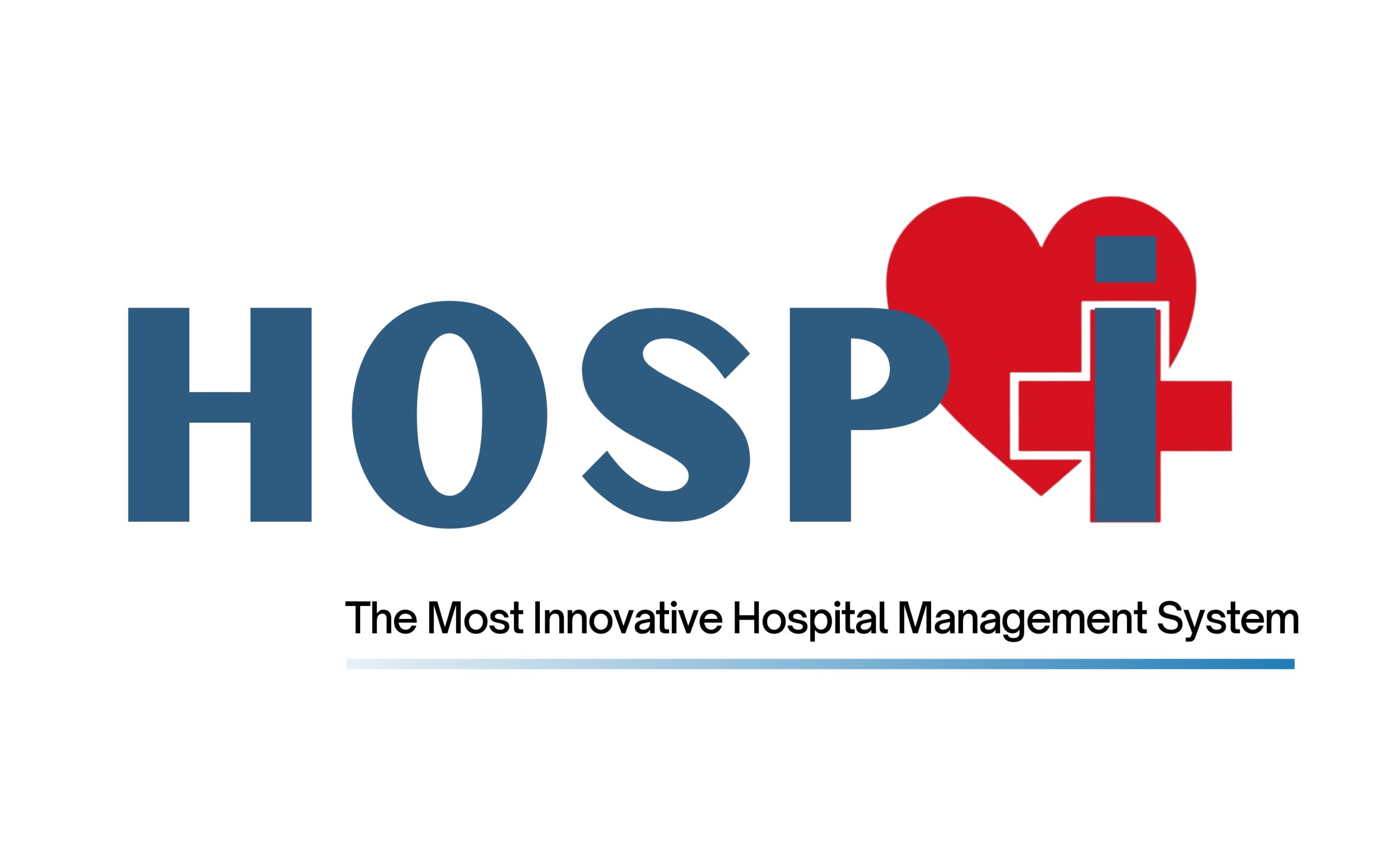Introduction
Hand hygiene is a critical practice in healthcare settings, especially in hospitals, where preventing infections is of paramount importance. Clean hands can save lives by reducing the transmission of harmful microorganisms, such as bacteria and viruses, from healthcare workers to patients. In this article, we will delve into the science behind hand hygiene, exploring the importance of proper handwashing techniques, the role of hand sanitizers, and the impact of effective hand hygiene on infection prevention.
Understanding Hand Hygiene
Hand hygiene refers to the process of cleaning one’s hands to eliminate or reduce the presence of microorganisms. It is a fundamental infection control measure that plays a significant role in breaking the chain of infection transmission. Healthcare-associated infections (HAIs) can result in extended hospital stays, increased healthcare costs, and even mortality. Proper hand hygiene is one of the most effective ways to prevent the spread of these infections.
The Science Behind Handwashing
Handwashing is a simple yet powerful technique for reducing the transmission of pathogens. Here are the key steps for effective handwashing:
- Wet hands with clean, running water.
- Apply an adequate amount of soap.
- Rub hands together, ensuring to cover all surfaces, including the backs of hands, between fingers, and under nails.
- Scrub for at least 20 seconds.
- Rinse thoroughly under running water.
- Dry hands using a clean towel or air dryer.
- Use a towel to turn off the faucet to avoid recontamination.
The Science Behind Hand Sanitizers
Hand sanitizers are convenient alternatives to handwashing, especially when soap and water are unavailable. They contain alcohol, typically in the form of ethanol or isopropanol, which effectively kills most bacteria and viruses. However, it is essential to use hand sanitizers correctly for optimal effectiveness:
- Apply a palmful of sanitizer to cover all surfaces of the hands.
- Rub hands together, ensuring to cover all areas until the sanitizer has evaporated.
- Avoid wiping or rinsing off the sanitizer before it has dried.
Hand Hygiene and Infection Prevention
Effective hand hygiene significantly reduces the transmission of infectious agents. By practicing proper handwashing and using hand sanitizers appropriately, healthcare workers can prevent the spread of harmful microorganisms and protect both themselves and their patients. Here are some key points highlighting the impact of hand hygiene on infection prevention:
- Reduction in healthcare-associated infections (HAIs): Proper hand hygiene has been shown to reduce the incidence of HAIs, including bloodstream infections, surgical site infections, and respiratory tract infections.
- Protection against multi-drug resistant organisms (MDROs): MDROs, such as methicillin-resistant Staphylococcus aureus (MRSA) and vancomycin-resistant Enterococcus (VRE), pose significant challenges in healthcare settings. Hand hygiene plays a crucial role in preventing the transmission of these resistant bacteria.
- Prevention of viral infections: Hand hygiene is particularly crucial in controlling viral infections, such as influenza, norovirus, and the current COVID-19 pandemic. Proper handwashing and hand sanitizing can help break the chain of transmission.
- Improved patient safety and outcomes: By reducing the risk of infections, effective hand hygiene contributes to improved patient safety, shorter hospital stays, and decreased healthcare costs.
Promoting Hand Hygiene Compliance
Promoting and maintaining high levels of hand hygiene compliance among healthcare workers can be challenging. However, several strategies can help improve adherence:
- Education and training: Provide comprehensive education and training programs on proper hand hygiene techniques, emphasizing the importance of compliance and the science behind it.
- Accessibility of hand hygiene products: Ensure that handwashing facilities, soap, water, and hand sanitizers are readily available and conveniently located throughout the healthcare facility.
- Visual reminders: Place posters and signage near sinks and hand sanitizer dispensers to remind healthcare workers of the correct hand hygiene protocols.
- Leadership commitment: Demonstrate strong leadership commitment to hand hygiene by promoting a culture of safety, holding regular staff meetings, and providing resources to support compliance efforts.
Conclusion
Hand hygiene is a critical practice in preventing infections in hospitals and other healthcare settings. By understanding the science behind proper handwashing techniques and the appropriate use of hand sanitizers, healthcare workers can significantly reduce the transmission of harmful microorganisms. Effective hand hygiene not only protects patients but also ensures the well-being of healthcare workers. By promoting compliance through education, accessibility, visual reminders, and leadership commitment, hospitals can create a safer environment and improve patient outcomes. Let us prioritize hand hygiene as a vital component of infection prevention and contribute to healthier healthcare facilities for all.



